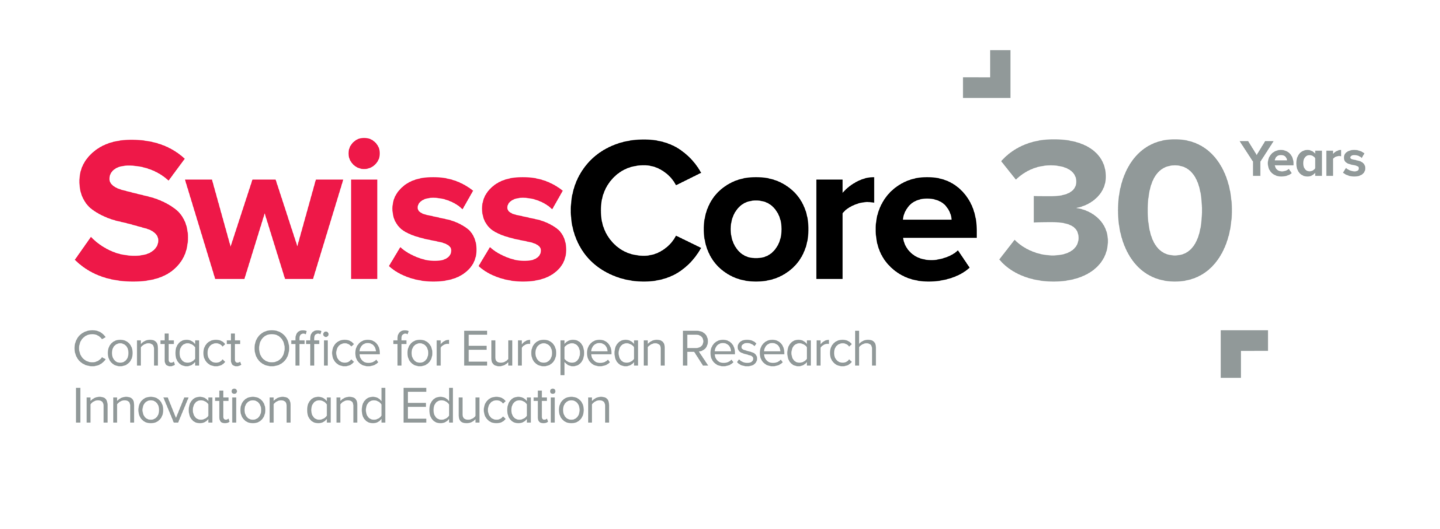A publication shows the progress on the gender dimension in European research and innovation funding.
The European Commission has published an overview of the progress achieved on the objectives in gender equality in research and innovation through the research and innovation framework programme Horizon 2020 and its successor, Horizon Europe. The publication is timely, as discussions on the future framework programme (FP10) and on a renewed structural policy approach to the second European Research Area (ERA) Policy Agenda are ongoing.
The gender equality objectives include i. increasing the participation of women in research and innovation programmes, ii. strengthening the integration of the gender dimension in the content of research and innovation projects, iii. enhancing the participation of EU Widening countries in actions promoting gender equality in research and innovation organisations, and vi. broadening gender equality policies to address intersectional dimensions, including ethnicity, disability and sexual orientation.
To advance these objectives, the European Commission already launched the Communication A New ERA for Research and Innovation and the Gender Equality Strategy 2020 – 2025 in 2020 as well as the European Research Area (ERA) Action on Gender under the first ERA Policy Agenda 2022-2024 and the Structural Policy on Gender Equality under the second ERA Policy Agenda 2025-2027.
The introduction of Gender Equality Plans (GEPs) as an eligibility criterion for Horizon Europe funding are highlighted as a major milestone. Concretely, this means that research organisations, higher education institutions, and public bodies from EU Member States and Associated Countries, including Switzerland, need to have a GEP in place to access Horizon Europe funding.
Beyond GEPs, the European Commission has placed particular emphasis on ensuring gender balance in evaluation panels, advisory bodies, and expert groups. Gender balance among researchers, especially in leading positions, is also taken into account for equally ranked proposals. In addition, the integration of the gender dimension into research and innovation content is a default requirement in Horizon Europe. Moreover, specific funding for the development of inclusive gender equality plans and intersectional research is available (under the Widening and Pillar II cluster 2). Finally, the European Innovation Council has introduced a series of measures, including a target of 40% women-led companies invited to pitch their projects, a target of 50% women in adversary bodies, a prize for women innovators, and a dedicated initiative for women-led start-ups.
Overall, the GEPs and other measures under Horizon Europe have the potential to drive institutional changes across national systems, a fact emphasised by the She Figures 2024 Report published by the European Commission in February 2025 (see SwissCore article).
Looking ahead, under the Structural Policy on Gender Equality of the second ERA Agenda, an ERA sub-group on inclusive gender equality will, among other activities, focus on strengthening the monitoring and evaluation approach for effective implementation of inclusive GEPs, develop guidelines for an intersectional approach in R&I policy, and implement the Code of Conduct on gender-based violence in R&I developed by Action 5 of the ERA Policy Agenda 2022-2024. In addition, the planned ERA Act includes a section on gender that aims to uphold fundamental values. This section focuses on safeguarding scientific freedom, strengthening ethics and integrity in research and innovation, and promoting gender equality and equal opportunities. A call for evidence for an impact assessment has been finalised, and a public consultation is currently ongoing. The adoption of the ERA Act is expected in the third quarter of 2026.

